Higher classification Cupressus | Division Pinophyta Scientific name Cupressus lusitanica Rank Species | |
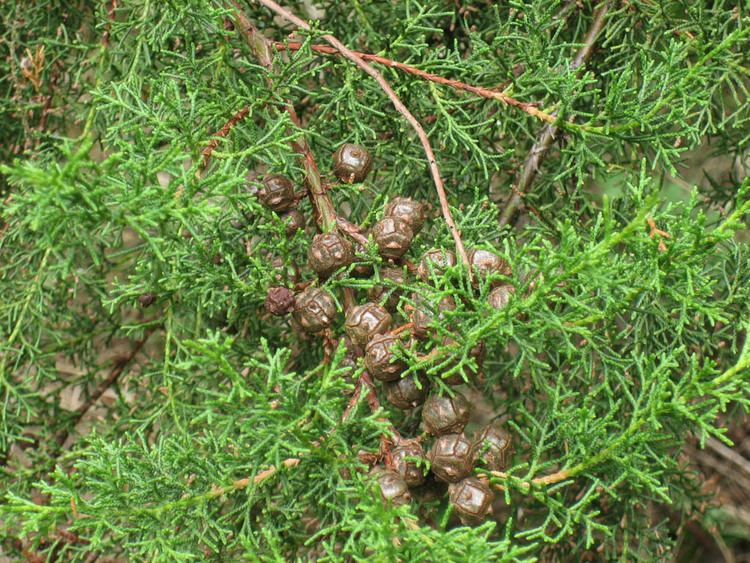 | ||
Similar Cupressus, Cypress, Conifers, Pinus patula, Cupressus torulosa | ||
Cupressus lusitanica, (cedro blanco; teotlate, distinctive names used in Mexico); cedro blanco means white cedar and is also known as Mexican white cedar or cedar-of-Goa, is a species of cypress native to Mexico and Central America (Guatemala, El Salvador and Honduras). It has also been introduced to Belize, Costa Rica and Nicaragua, growing at 1,200–3,000 metres (3,900–9,800 ft) altitude.
Contents

The scientific name lusitanica (of Portugal) refers to its very early cultivation there, with plants imported from Mexico to the monastery at Buçaco, near Coimbra in Portugal in about 1634; these trees were already over 130 years old when the species was botanically described by Miller in 1768.
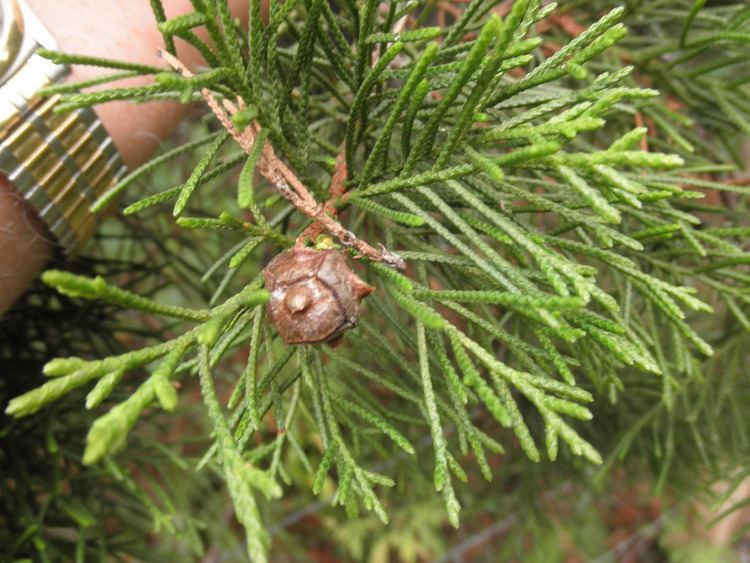
Description
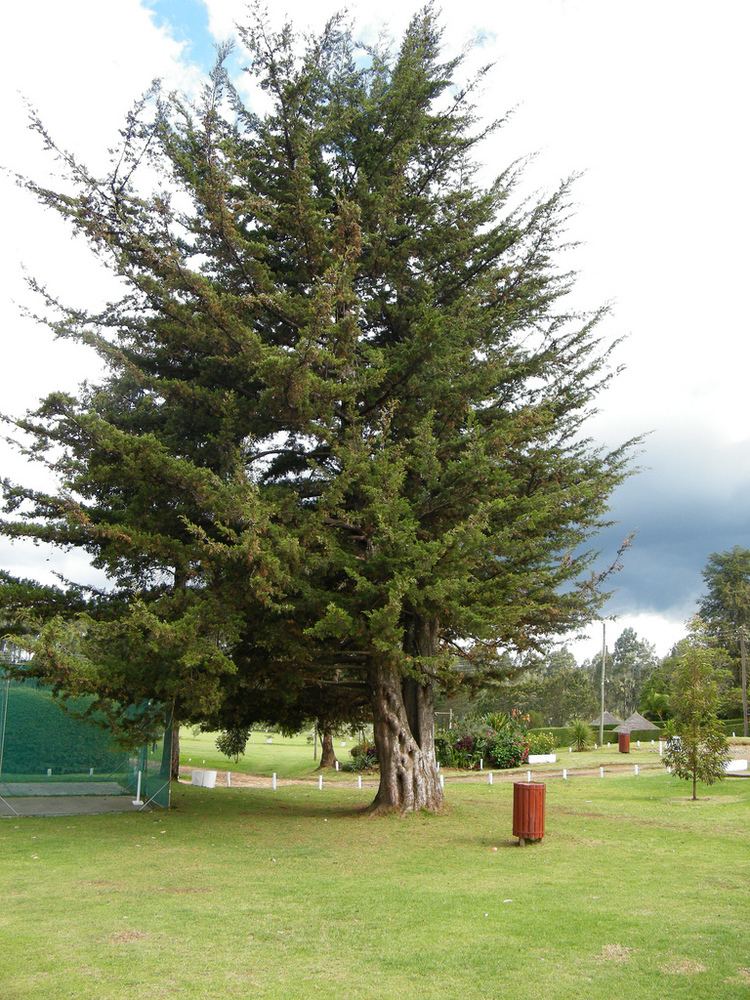
Cupressus lusitanica is an evergreen conifer tree with a conic to ovoid-conic crown, growing to 40 m tall. The foliage grows in dense sprays, dark green to somewhat yellow-green in colour. The leaves are scale-like, 2–5 mm long, and produced on rounded (not flattened) shoots. The seed cones are globose to oblong, 10–20 mm long, with four to 10 scales, green at first, maturing brown or grey-brown about 25 months after pollination.
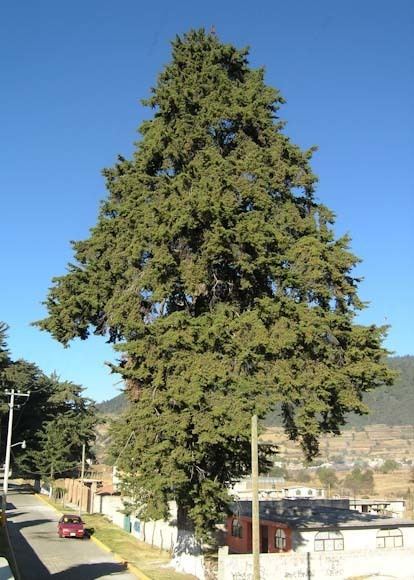
The cones may either open at maturity to release the seeds, or remain closed for several years, only opening after the parent tree is killed in a wildfire, allowing the seeds to colonise the bare ground exposed by the fire. The male cones are 3–4 mm long, and release pollen in February–March. In most of its natural environment rainfall occurs with more quantity in summer.
Varieties
There are two varieties, treated as distinct species by some botanists:

Cultivation and uses
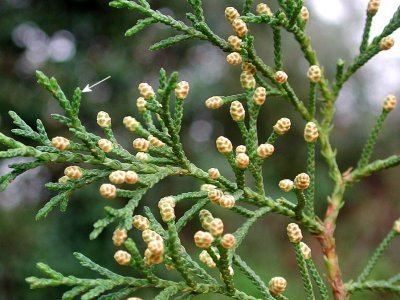
Fast-growing and drought tolerant, Cupressus lusitanica has been introduced from Mexico's provenances to different parts of the world. It is widely cultivated, both as an ornamental tree and for timber production, in warm, temperate and subtropical regions around the world. Trees have not been selected for cultivation from northern Mexico populations, which have a heavy drought endurance
Locations
Its cultivation and subsequent naturalisation in parts of southern Asia has caused a degree of confusion with native Cupressus species in that region; plants sold by nurseries under the names of Asian species such as Cupressus torulosa often prove to be this species. It has been planted widely for commercial production: at high altitudes in Colombia (3300 m), Bolivia and South Africa, and near sea level in New Zealand where is fully naturalized. In Colombia trees are planted to form windbreak curtains and for fighting soil erosion on slopes.
It has been planted as an ornamental tree near sea level in temperate climates and has done very well: Portugal, (Buenos Aires Province, Argentina; Austin, Texas and the British Isles where it can reach a height of 30 m (90 feet).
It is being planted in the province of Argentine province of San Luis, Argentina at 1500 m above sea level with forestation purposes for creating artificial forests in a land originally lacking of them in a very similar climate to that of its origin site.
